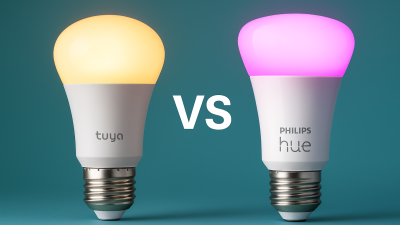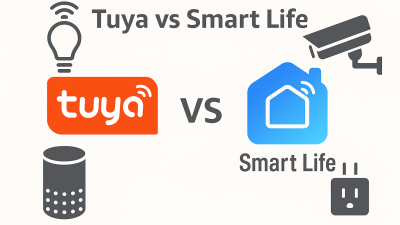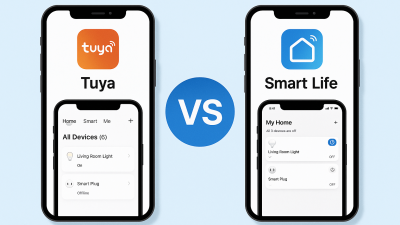Understanding the Basics
When building a smart home with Tuya-compatible devices, one of the first decisions is choosing between Zigbee and Wi-Fi connectivity. Both offer different benefits and are suited for varying setups.
Zigbee: Low Power, High Stability
Zigbee is a mesh-based communication protocol. Tuya Zigbee devices communicate through a Zigbee hub, forming a network that increases reliability as more devices are added. They use less power, making them ideal for battery-powered gadgets like sensors and door locks.
- ✅ Lower power consumption
- ✅ Strong local network without heavy Wi-Fi usage
- ✅ Less interference with other wireless signals
Wi-Fi: Simplicity and Direct Control
Wi-Fi Tuya devices connect directly to your home router. They are easier to set up and don’t require a hub. Ideal for users who want plug-and-play functionality without additional hardware.
- ✅ No hub required
- ✅ Faster internet-based control and updates
- ✅ Great for smart plugs, cameras, and bulbs
Performance and Network Load
Wi-Fi devices can quickly congest your router if you install many of them. Zigbee handles multiple devices better via mesh communication, distributing traffic and lowering your Wi-Fi network load.
Security and Reliability
Zigbee networks are more resilient and secure due to local communication. Wi-Fi is vulnerable to internet outages, though newer routers and firmware have improved their stability. Tuya supports both with regular security updates.
Which One to Choose?
Choose Tuya Zigbee if you plan a larger, more robust smart home network and want local communication. Pick Wi-Fi devices if you’re starting small and prefer easier, app-based control with no additional hardware.
Final Thoughts
Tuya’s ecosystem gives you the flexibility to mix and match both Zigbee and Wi-Fi devices. Evaluate your setup, network strength, and budget to build the smart home that works best for you in 2025.



